Study in Wuhan
Study in Wuhan. Wuhan has evolved from a vast convergence of three independent cities to a major industrial and commercial centre of China. Also worth noting is that Wuhan is a huge transport hub in the country.

Wuhan has attracted foreign investment from more than 80 countries. 5973 enterprises were established with a total capital of $ 22.45 billion. Among them, about 50 French companies are located in Wuhan. Itis over a third of all French investment in China. Because of that Wuhan has the highest level of French investment among all Chinese cities. The municipal government offers a variety of preferential policies to encourage foreign investments, including tax benefits.

If you are interested in study in Wuhan and you want to know more about applying to Wuhan universities and Scholarships, please, contact our consultants. They are ready to answer all your questions and help you to choose the most suitable university and program.
You can learn more about the scholarships provided by China by following the links below:
Climate
The climate of the city is humid subtropical with heavy rainfall and four characteristic seasons. Wuhan is famous for its wet summer when dew points can often reach 26°C or more. Historically, along with Chongqing and Nanjing, Wuhan is one of the “three hot cities” along the Yangtze River due to high temperature in summer.
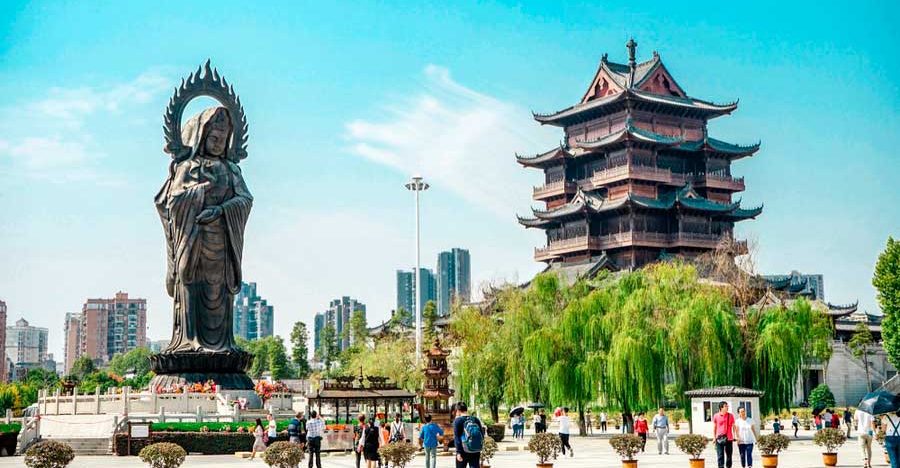
History
As said before, Wuhan is the result of Wuchang, Hanyang and Hankou. The earliest settlement in the area, during the Xi Zhou period (1046–771 BC), was located southeast of Wuchang. It became the capital of the Wu dynasty during the Three Kingdoms (Sanguo) period (220– 280). The original administrative role of Wuchang persisted throughout the Yuan (1206–1368) and Ming (1368–1644) dynasties when it served as the provincial capital.
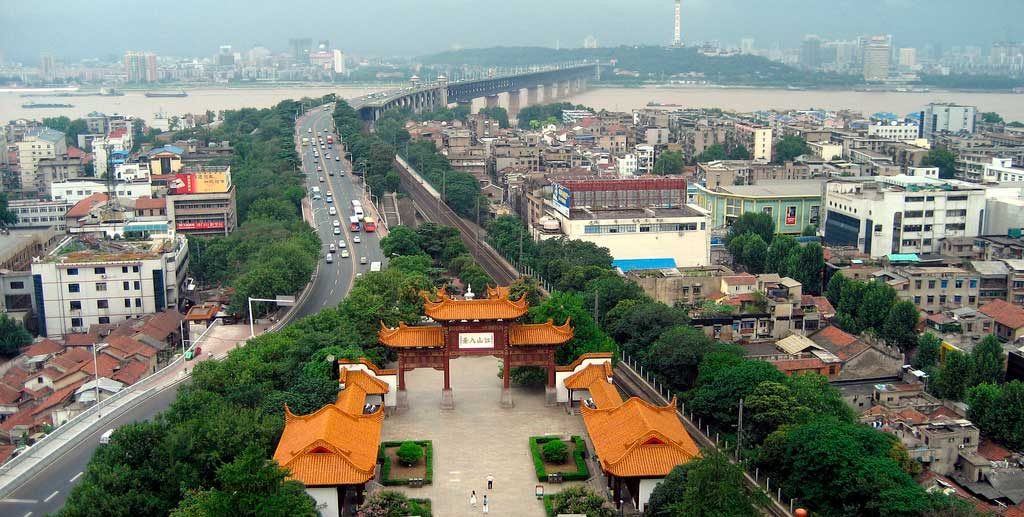
Hanyang was founded during the Sui dynasty (581–618) but was of little commercial importance. In contrast, Hankou (Xiakou) became famous during the Song Dynasty (960–1279). It was one of the four major commercial cities in China. The opening of Hankou to foreign trade in accordance with the Tianjin treaties (1858) between China, France and the UK gave additional impetus to the commercial and industrial development of these three cities.

Modern world
Wuhan’s metallurgical base attracts other industries producing chemicals, electrical equipment, cars and trucks. Wuhan is one of the largest heavy machine tool manufacturers in China. Its consumer industries produce watches, bicycles, radios, and other electronic instruments.

Older industries in Wuhan include rice, oil and flour factories, and factories producing cotton, woollen and other fabrics. Cement factories, paper factories, distilleries and soap factories are among the other light industries in Wuhan. It is also one of the most important arsenals in China. In the vicinity of the agricultural area wheat, tea, rice and cotton are produced. Study in Wuhan will give you a good start for your future career.
China University of Geosciences
China University of Geosciences (CUG) was founded in 1952. It is on the list of the “Project 211” and related to the Chinese Ministry of Education. The university is a research centre and training base for earth sciences, resources and environment in China. It includes disciplines of science, technology, literature, management, economics, law, pedagogy and philosophy.
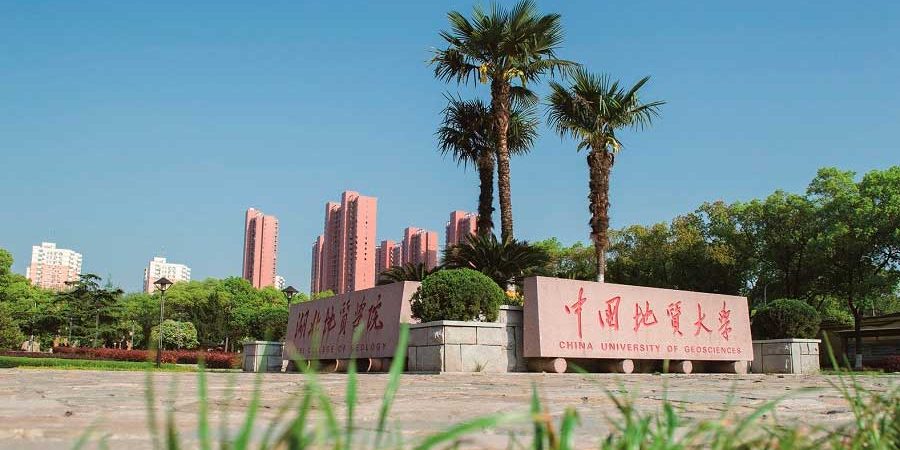
The university has an integrated system of training bachelors, masters and doctors, graduate students. Nowadays, there are 19 colleges, 57 programs of bachelor’s degree, 106 master’s and 37 Ph.D. Currently, the number of registered full-time students is 20.000, of which 500 are international students.
Huazhong Agricultural University
Huazhing Agricultural University (HZAU) is located in Wuhan. It is a key national university for the “211 Project” directly under the Chinese Ministry of Education. The university has more than 110 years of history that dates back to the Hubei School of Agriculture.

There are 17 colleges with more than 2.700 teachers and 24.000 students. HZAU has achieved the coordinated development of multi-disciplines in agriculture, science, technology, humanities, law, economics, management, etc. It has established international exchange programs with over 150 institutes from 40 countries. Such as the USA, Canada, Australia, South Korea, the UK and France. Nore than 500 international experts visit HZAU annually.
Yangtze University
A famous ancient historical city in the middle Yangtze River. Yangtze University was built with the approval of the PRC Ministry of Education in April 2003. The university, with the active support of Hubei Province, is the largest and most multidisciplinary university associated with the Hubei government.
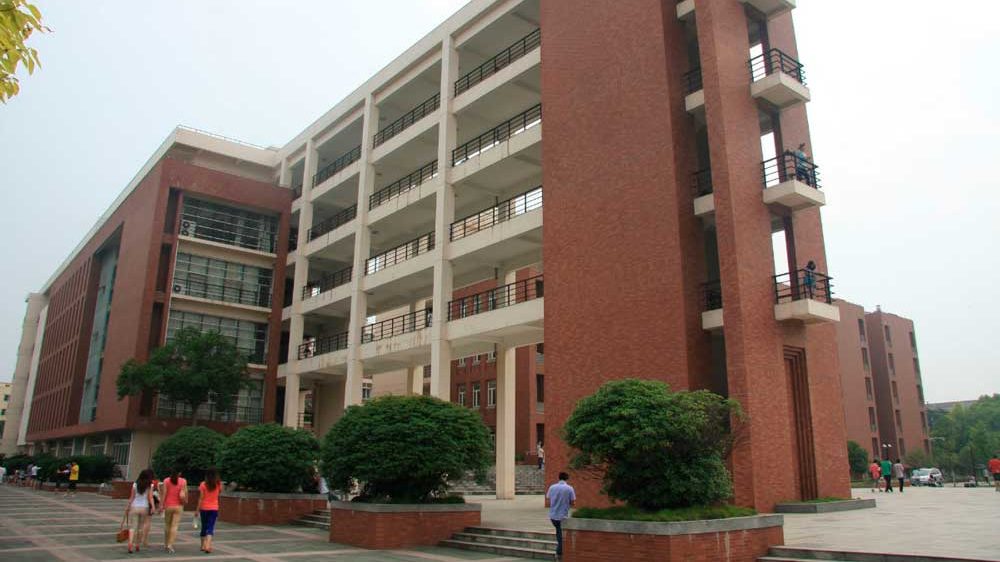
Campuses cover 2195,3 thousand square meters with total area of 146.000 square meters. University’s libraries have a collection of 2.976.000 books, 1.149.000 electronic books and 3.060 international magazines. The university has a fund of 1003 million yuan.
Wuhan University of Science and Technology
Wuhan University of Science and Technology (WUST) – is a public, comprehensive research university located in Wuhan. It is a key university directly under the Chinese Ministry of Education and Hubei Province. The university, founded in 1907, is a non-profit public higher education institution.
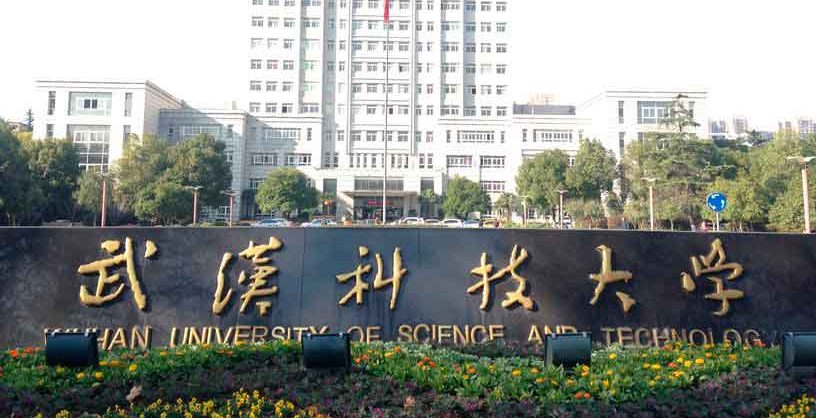
Officially accredited by the Ministry of Education of Hubei Province, WUST is a very large collaborative higher education institution. The university offers courses and programs leading to officially recognized higher education degrees. This higher education institution for 112 years has a selective admission policy based on entrance examinations.
Related Posts:
- Study in Beijing. Beijing Universities
- Study in Nanjing. Nanjing Universities
- Study in Hangzhou. Hangzhou Universities
- Study in Tianjin. Tianjin Universities
- Study in Harbin. Harbin Universities
- Study in Dalian. Dalian Universities
- Study in Chongqing. Chongqing Universities
- Study in Kunming. Kunming Universities
- Study in Foshan. Foshan Universities
- Study in Qingdao. Qingdao Universities